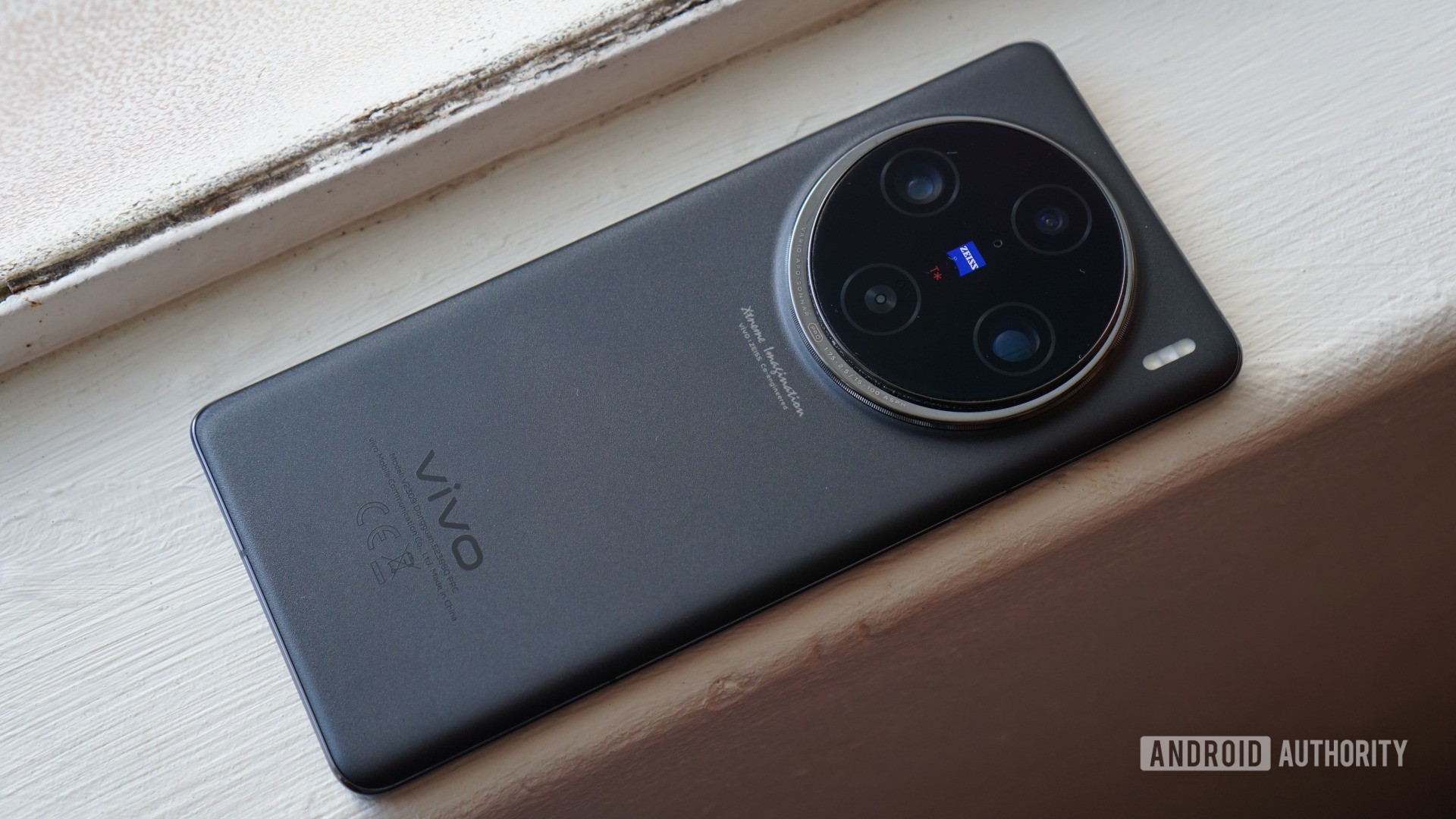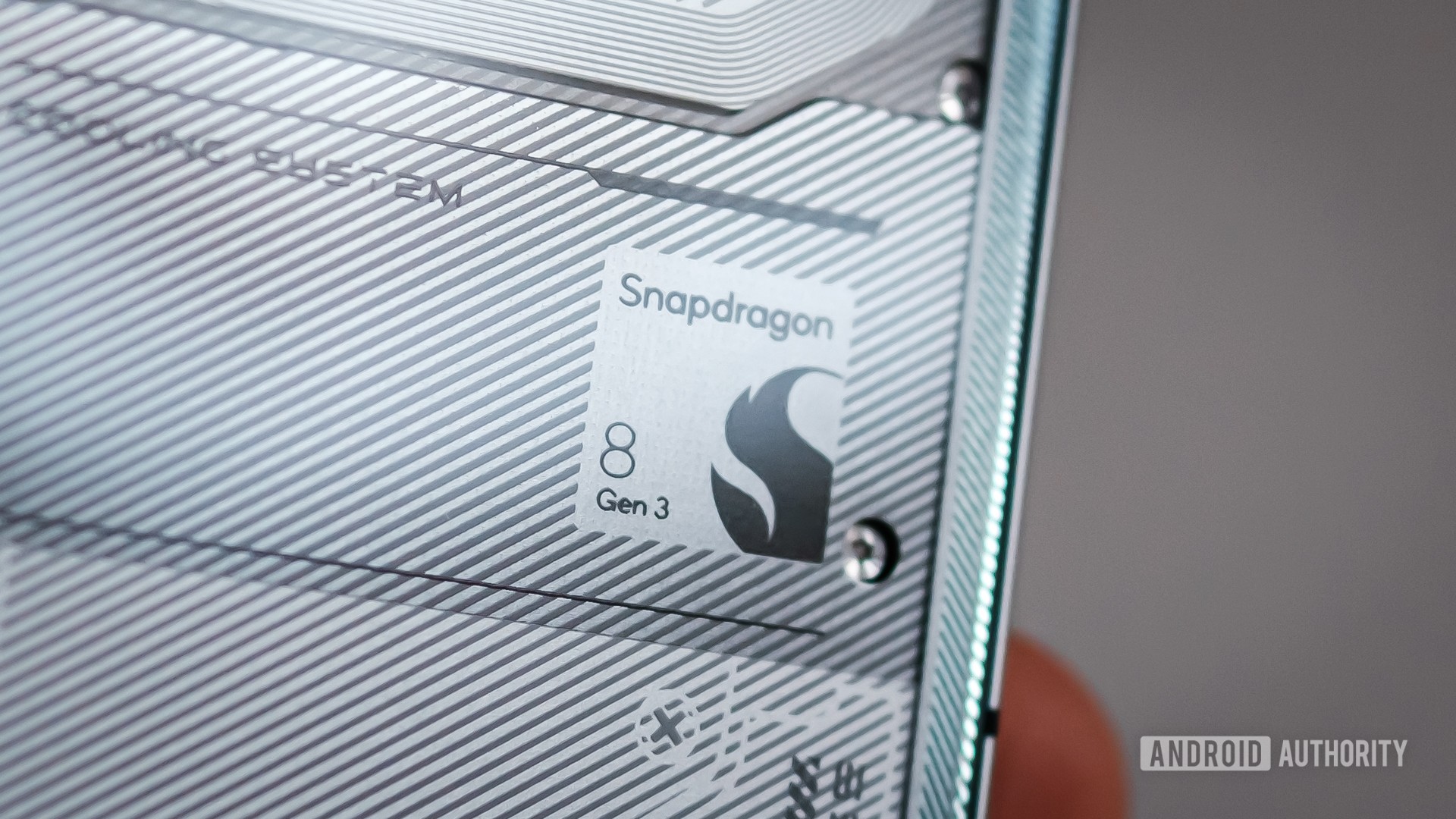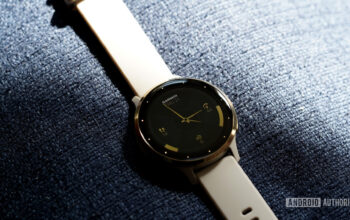When a new device hits the market, the initial focus often gravitates towards peak performance. Take, for instance, the recent launch of the Samsung Galaxy S24 range. Numerous videos, including mine, have discussed its peak performance, examining Geekbench and 3DMark scores. While these metrics are undoubtedly intriguing, considering sustained performance is equally important. How does the device fare after an extended period of use? In this article, I’ll be delving into the sustained performance of various flagship processors, including those from Samsung, Qualcomm, Apple, and more.
Why is sustained performance important?
There are several ways to evaluate the performance of a system-on-chip (SoC). Peak CPU and GPU performance provide insight into what a mobile SoC can achieve under optimal conditions. However, these conditions are fleeting. Therefore, examining sustained performance is beneficial, revealing what happens when the test is run multiple times. How do the thermals behave? Does the processor slow down? Is the peak performance somewhat deceptive, as it can only be maintained briefly? This approach provides a more accurate reflection of performance during prolonged use, especially during gaming sessions.

Hadlee Simons / Android Authority
This analysis examines the Qualcomm Snapdragon 8 Gen 3, Samsung Exynos 2400, Google Tensor G3, MediaTek Dimensity 9300, and Apple A17 Pro.
The Exynos 2400 is a 10-core processor with a combination of one Cortex-X4 core, five Cortex-A720 cores, and four Cortex-A520 cores, all designed by Arm. The Tensor G3, due to its release cadence, uses the previous year’s core CPU cores, with one Cortex-X3 core, four Cortex-A715 cores, and four Cortex-A510 cores. The Snapdragon 8 Gen 3 has one Cortex-X4 core, five A720 cores, and two A520 cores. The Dimensity 9300 differs from the SoCs of its rivals, as it uses an all-big core setup with four X4 cores, four A720 cores, and no efficiency cores. Apple, on the other hand, designs its own cores, with two Everest cores and four of the power-efficiency Sawtooth cores.
When it comes to the GPU, there’s a diverse range. The Exynos uses AMD, the Tensor uses Arm’s Mali, the Snapdragon uses Qualcomm’s Adreno, the Dimensity 9300 uses Arm’s Immortalis, and Apple uses its own GPU, which has its roots in the PowerVR GPUs from Imagination.
The sustained performance results

Robert Triggs / Android Authority
So, what does this mean for GPU performance in terms of sustained performance? Let’s examine the results from the 3D Mark wildlife test. All devices experienced a drop in scores over multiple runs, with some, like the Samsung Galaxy S24 Plus, showing a steeper decline. However, the Tensor G3-powered Pixel 8 maintained a more consistent score.
In the Wildlife Extreme Test, the iPhone experienced a significant drop from the first to the second test, falling below the vivo X100 Pro powered by the Dimensity, the Exynos, and the Snapdragon. However, the latter remained fairly stable after that.
Processors that generate less heat will perform better, regardless of the cooling system.
In the ray tracing test, the Exynos performed well for a significant portion of the test, while the iPhone experienced a 27% drop immediately on the second run. The iPhone’s peak performance is one thing, but multiple runs paint a different sustained performance profile entirely. Over time, the Snapdragon also outperformed the Exynos.
From this analysis, it’s clear that cooling is a crucial feature that impacts a processor’s performance. Larger phones dissipate heat better, resulting in less throttling. However, processors that generate less heat will perform better, regardless of the cooling system.
The latest Android flagships exhibit good peak performance, but they experience a drop of around 40% after about 20 runs. On the other hand, the iPhone experiences a drop of as much as 31% on the second run but remains consistent after that. This underscores the risk of focusing solely on peak performance under optimal conditions.
Have a look at the video embedded above for a more detailed look at our analysis figures and performance graphs.


